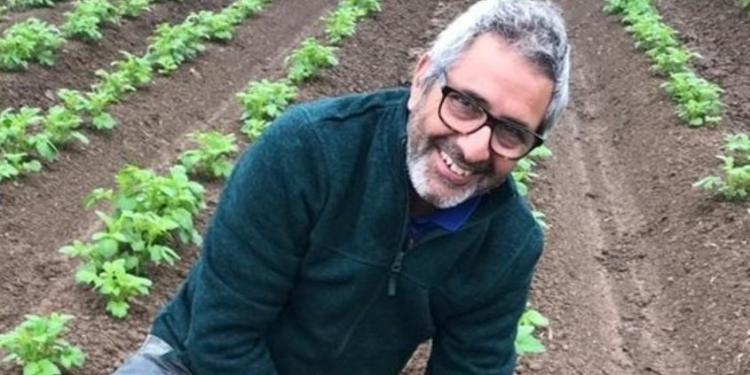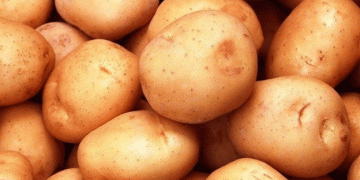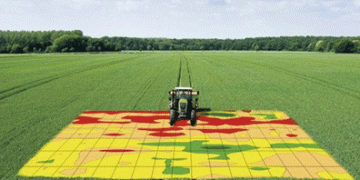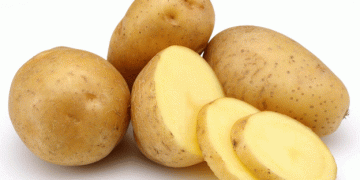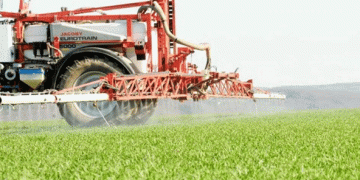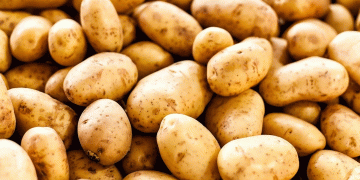Blight is the bane of potato growing and experts warn that, long-term, pressure in the UK is only set to rise. Agronomist and Arable Farmer asked a specialist agronomist, a grower and a crop protection manufacturer about best-practice now and in the future.
Together with his business partner at Spud Agronomy, John Sarup, is responsible for over 11,000 acres of potatoes across Northern England up to the Scottish Borders.
“Getting to the source of the inoculum is key,” he says. “The next step is understanding which genotypes you’re dealing with. As soon as blight appears in your crop, take a sample and send it in via the ‘Fight again Blight’ initiative. It will help you make informed decisions about what products you can use safely without causing any resistance issues.”
“Growers and agronomists certainly have a challenge when it comes to protecting crops without exceeding maximum applications of a given product, or of an active ingredient dosage,” says Matthew Goodson, specialities market manager at BASF. “It’s why we have developed our latest blight product, Enervin SC®, as a straight formulation; it gives producers flexibility and potentially, simplifies programme planning for growers and agronomists.”
For Scottish grower, James Porter, a robust fungicide programme ensures his pre-packed potatoes are well protected from blight. “The loss of diquat means we’re flailing crops. We want a quick kill, predominantly to ensure we hit customer specifications but also because that’s when crops are vulnerable to late blight getting in through the damaged haulm.”
Source: Agronomist and Arable Farmer. Full article here
